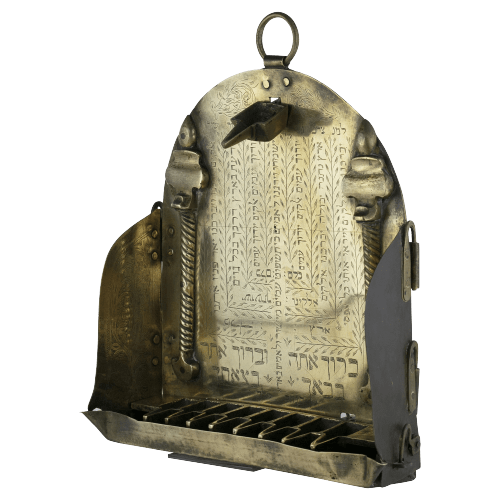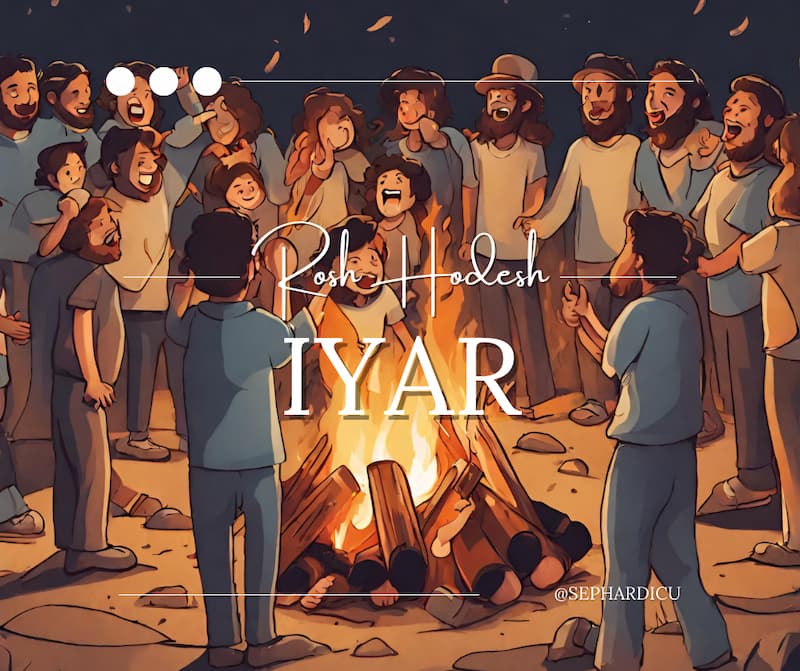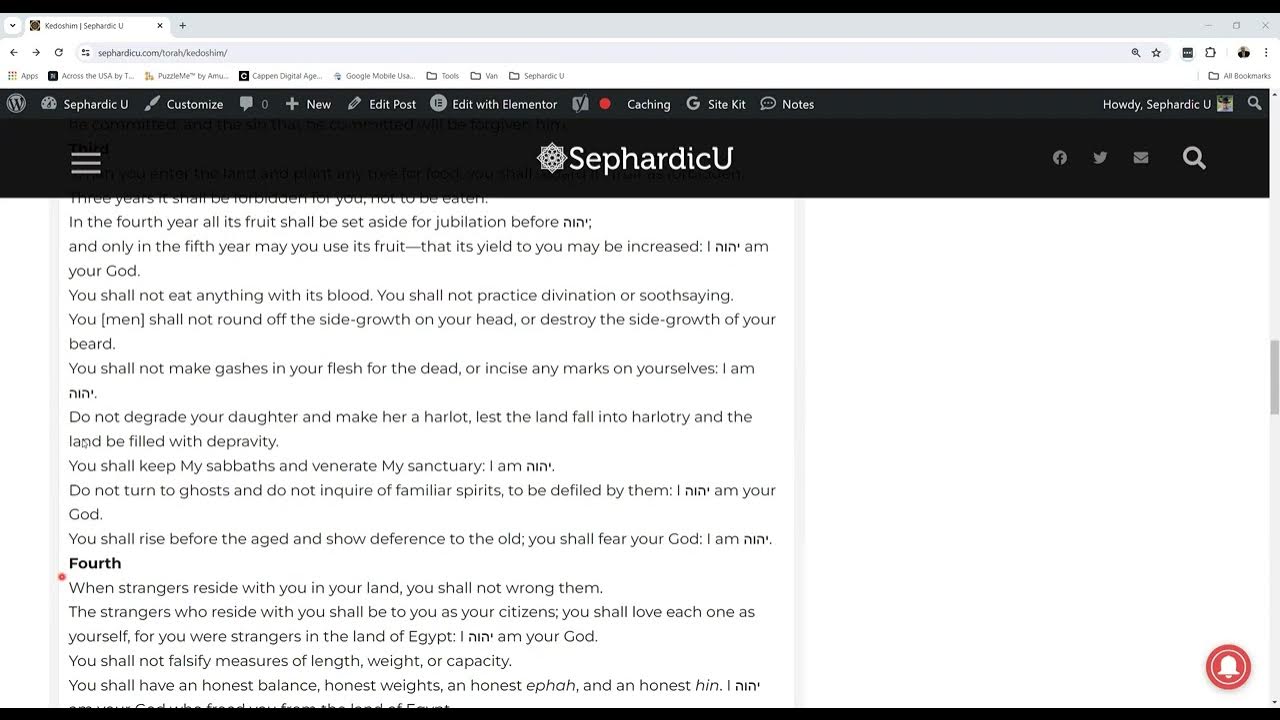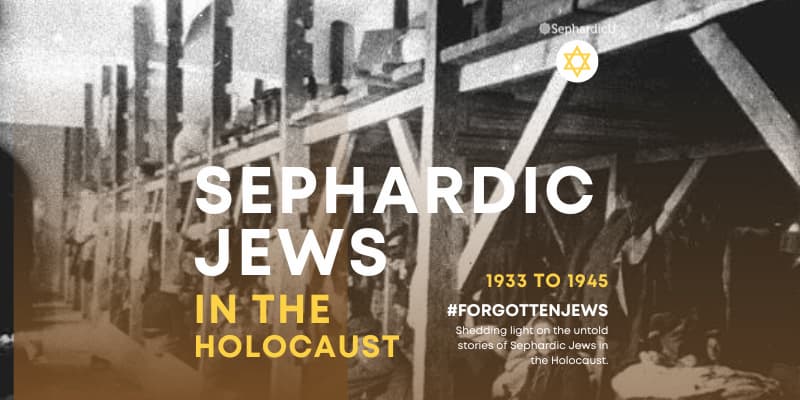The Sephardic Hanukkah Halakhot varies significantly between Ashkenazim and Sephardim, thus it is crucial for all of us to maintain clear and consistent minhagim, particularly in light of the fact that many Sephardic customs are no longer observed due to societal ignorance of how to do so.
These are some very significant halakhot for Hanukkah that have been passed down down the decades and meticulously recorded by Mr. Joseph Mosseri, one of the most considerate and meticulous Sephardic academics of our time.
He has also clearly defined Sephardi customs and distinguished between Ashkenazi and Sephardi traditions.
There are instructions below if you need to know how to light the Hanukkah (not the Hanukkiah, as Mr. Mosseri points out), which prayers we say, and how we say them.
Mr. Mosseri has also given the facts you need to know about the sources on which we rely for our traditions.
Happy Hanukkah!
Hanukkah Customs by Joseph Mosseri
1) The custom in Egypt was not to say Sidouq HaDin all 8 days of Hanukkah.
2) The custom amongst all Middle Eastern and North African Jewish communities is to only use pure olive oil for the Hanukkah lights. The reason being that this is considered to be the best way to fulfill the commandment and because the holiday miracle occurred through olive oil.
3) When lighting, the custom as brought down by Maran, Hakham Yosef Karo, in his Shulchan Aroukh, is to start with the light on the right. Meaning that on the first night when you are going to light, you begin with the wick closest to your right hand.
On the second night, you begin with the wick adjacent to the one you lit on the first night, then you light the one of the first night.
On the 3rd night, you begin with the newest wick, and work your way back to the right. And such is the manner on each night.
By the last night you’ll be lighting that closest to your left hand first and moving to your right. In the same manner that we write English or any Western language. Since the custom is to use oil wicks and not candles, we light with a candle and after the obligatory lights are kindled, the Shamash, or extra wick is kindled with the candle. The candle is then extinguished.
4) If you can safely light near your entrance way in order to publicize the Hanukkah miracle to those who pass by in the street that is great. If not you can feel comfortable knowing that you can follow the custom to light inside the house where it will be publicized to the family members. This is based upon MaHaRYQaSh, in his gloss to the Shulhan Aroukh, chapter 671.
5) The custom is to follow the qabalah of the AR»I (as brought down in the Shulhan Aroukh) for the berakhah and to say «Lehadliq Ner Hanukkah» and not «……. shel Hanukkah» even though that’s the way it’s mentioned in the Gemara and among the Rishonim. There are many reasons for this based upon both grammatical and mystical interpretations.
6) On Motze Shabbat (Saturday night), the Shulhan Aroukh decreed that in the synagogue the Hanukkah lights should be kindled first then habdalah should be recited. And this is the way the law and custom was practiced in Aleppo, Syria. On the other hand many posqim, rishonim and aharonim, disagree with Maran regarding this, therefore there are variant customs. The custom in both Cairo and Alexandria was to say Habdalah first, both in the synagogue and at home. The custom in Jerusalem, according to Hakham Mosheh Pardo who was Ab Bet Din there, in his Shemo Mosheh, was also to say habdalah first even in the synagogue.
7) The custom on Friday afternoon/evening of Hanukkah as brought down in the HID»A’s Birke Yosef in the name of Hakham Shemouel Abohab is to pray Minhah in the synagogue the go home to kindle the Hanukkah lights, then to light the Shabbat wicks, the to return to synagogue for Qabalat Shabbat and ‘Arbit.
The question of course arises that since we do not consider the lighting of Shabbat lights as the acceptance of Shabbat, why must we light Hanukkah prior to Shabbat lights? Isn’t there a well known rule that Tadir ve She-eno Tadir, Tadir Qodem, meaning that something that is done regularly done must take precedence over something that is not usually done. Any interesting comments?
8) On the Shabbat Eve occurring during Hanukkah , Bameh Madliqin is not recited.
9) In the synagogue the Hanukkah lights need to be placed against the Southern most wall. On the 1st night the Western most light will be lit first, etc… This is based upon an old responsa of HaRaDBa»Z, Hakham David Ibn Abi Zimra.
10) The custom in both Egypt and Jerusalem is to also light the Hanukkah lights in the synagogue during the daytime. This of course is done without a berakhah. The reason for this lighting is strictly for the sake of proclaiming the miracle since the light of these wicks is not needed during the day. It is also to help remind those who may not have lit at night for whatever reason what day of the holiday it is so they could light the proper number at night. In Egypt this was done before the commencement of prayers, in Jerusalem before Aromimkha.
11) The custom in Egypt during daily morning services of Hanukkah , is to recite the Hanukkah holiday mizmor (Psalms 30), immediately after the Sefer Torah is returned to the Heikhal and Qadish Titqabal is said. The Mizmor is said, followed by Qadish Yehe Shelema, the Qaveh and the qetoret are said. No other mizmorim are recited after qadish titqabal!
12) If prayers are being held in the house of a mourner during Hanukkah . Both the mourner and all those in attendance say Hallel in the house of the mourner. The reason for this is that the Hanukkah Hallel was established by the Hakhamim and we are commanded to recite it. On Rosh Hodesh the law would be different as Rosh Hodesh Halel is only a custom.
13) The custom in Tunisia is that all the while that the lights are burning the ladies do not do any work.
14) In Tunisia and Libya, Rosh Hodesh Tebet, is called Rosh Hodesh of the girls in remembrance of the heroics of Yehudit. On this day parents send gifts to the girls and grooms to their brides to be.
15) The custom in Aleppo an in many other Sephardic cities was that prior to Hanukkah the shamash of the synagogue would give out a tall wax candle to each man which he would use for lighting the Hanukkah wicks. They in return would give him a small donation.
16) Rabbi Shem Tob Gaguine in his Keter Shem Tob mentions that the custom in Israel, Syria, Turkey, and Egypt would be to say the 1st berakhah of Lehadliq Ner Hanukkah then to light while saying the other berakhot. This is still the custom among most traditional families but there are already many who say all the berakhot prior to lighting.
17) The custom on Hanukkah is to eat a type of sweetened fried dough.
- In Egypt it was called Zalabya or Loqmat El Qadi.
- In Iraq and Syria it was called Zingol.
- In Turkey it was called Bilmuelos.
- In Greece it was called Lokomades.
This was the only traditional Sephardic item shared by almost all communities for Hanukkah .
18) The custom was never to give out presents or spin a top (dreydel, sevivon) on Hanukkah . these are traditions that came from Germanic lands and from living among Christians who exchanged presents for the Xmas holiday which usually coincided with Hanukkah.
19) The berakhot are Lehadliq ner Hanukkah and She’asah nisim. On the first night we also add the berakhah of shehehiyanou. After that we recite Hanerot Halalou (the version that has 51 words not 36 words) then we recite Mizmor shir hanoukat habayit ledavid (psalm 30). Ma’oz Sour is not sung!
20) The law and custom for Sephardim is that only 1 Hanukkah [Menorah] is used for the entire family. Not like the Ashkenazi custom of each member of the family lighting their own personal Hanukkah . In most traditional families in order to share in the love of the mitzvah, the head of the household will give each member of the family a chance to light. On the 1st night he will light the 1st wick and he’ll let his wife light the shamash. On the 2nd night he’ll light the newest wick, his wife the next, then the oldest child the shamash, etc.. for all 8 nights.
21) Sephardim until recently never called the Hanukkah lights by the name of Menorah or Hanukkiah it was simply referred to as Hanukkah.
Source: Israel Jewish News









